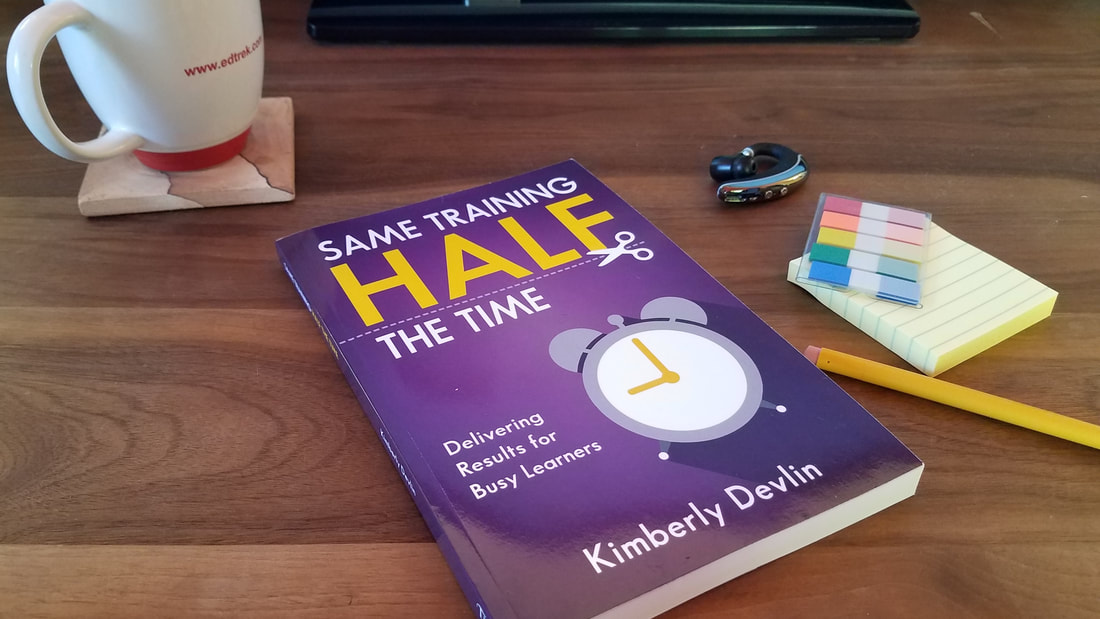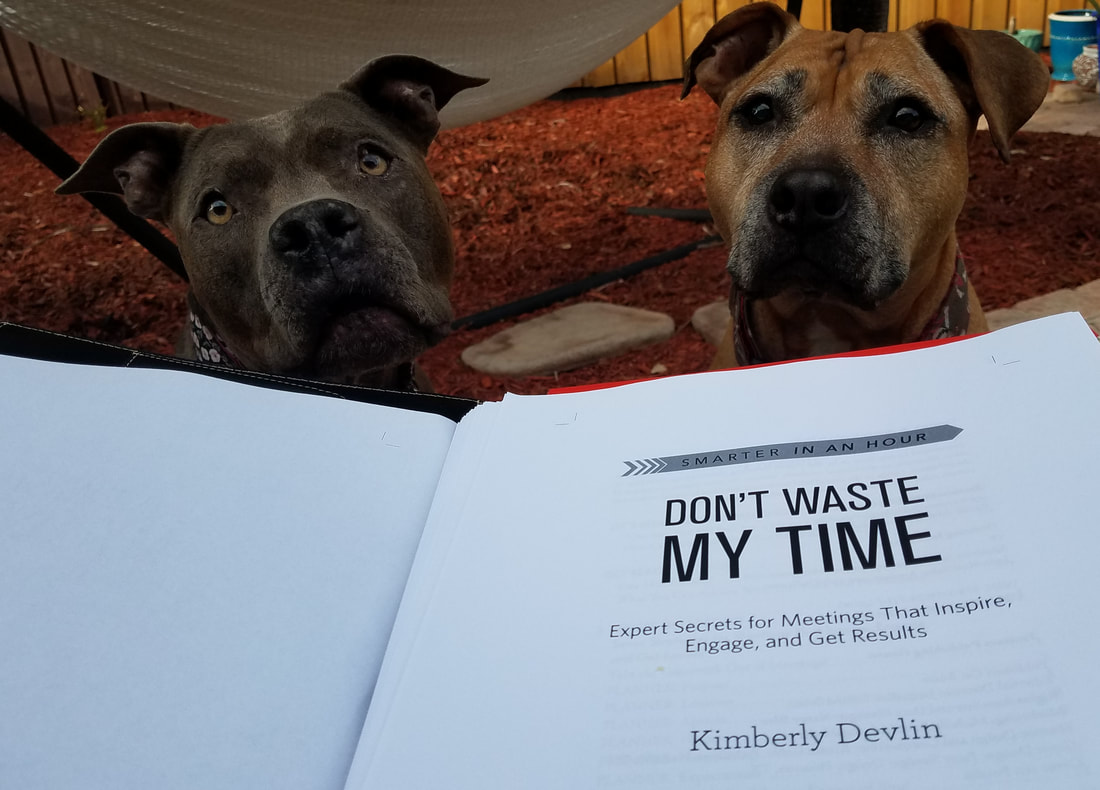Cut through the noise
|
|
|
Be careful what you wish for! Using a virtual collaboration platform that allows for bi-directional audio and supports webcams may sound like the ideal option. Let’s call this Level Three. In a Level Three scenario, you will want to give thoughtful consideration to how you will integrate the remaining two actions – before your session begins…
2 Comments
Don’t be fooled into thinking the platform will magically create engagement in your virtual presentations – engagement is your responsibility. The available tools can help. But, they can also hurt when you are unfamiliar with them, unskilled at using them, or don’t leverage the advantages they provide.
This week, we look at Level Two: collaborating over a virtual platform but still using unidirectional audio. As little as three percent of your presentation tools are available to you in a virtual delivery. How is it that virtual presentations are up against such a disadvantage? Because nonverbal communication accounts for up to 97% of your message, and your audience likely won’t be looking at you. Webcam, you say? Read on… In this three-part series, I’ll share simple, yet powerful strategies you can use the next time you collaborate virtually, regardless of how robust your platform is – or isn’t.
Level One: you have a phone, and not much else. Which learning strategies provide the greatest return with limited training time? Which engage learners, but also enable personal reflection? Cause learners to work hard, but also play with purpose? Allow learners to fail in a safe setting, but also set learners up for success? These are not conflicting opposites. They are the mix of learning strategies that provide the greatest return in a limited amount of time—and, frankly, in any amount of time. How does an instructional designer remain true to these tenets?
5/7/2018 What Makes Training Great?It isn’t easy to create effective learning events. If it were easy, there would be little need for instructional designers—everyone would build their own learning events. So, your Word of the Day is andragogy, which was popularized by Malcolm Knowles in The Adult Learner: A Neglected Species (Knowles 1984).
What do you already know of andragogy? Do you recognize this post’s title as lyrics from Darius Ruker’s “For The First Time”? Maybe you are even in singing it in your head right now. I often sing the line to myself – mostly for the encouragement it provides me.
Personally, I want to live a life in which I have a quick and recent answer to “when was the last time you did something for the first time?” They don’t have to be grand-adventure-type answers, but they do need to provide me with new experiences, memories, or perspectives. Possibly even take me in new directions. 4/23/2018 Creating Images With WordsGuest Blog Entry by John McDermott
“But the book was so much better than the movie,” my wife said. I agreed. I’ve heard that a lot. Along with it, I’ve heard “I thought the woods were darker”, “David seemed older than that in the book”, and so forth. When we hear or read stories we create mental images of them. When we tell stories we hold our own images of them. Our pictures can be so strong that we think listeners will see the same images. They might not, though, if we don’t share the details of what we see. 4/9/2018 Some Things Just Don't MatterIn preparing for a series starting this week, Staying Centered Through Conflict™, I wrote a note to the participants. Part of it read: “For me, conflict tends to arise in two categories: critical needs and inconsequential stuff. Our sessions will provide tools for managing the critical needs. The conflict that we classify as inconsequential stuff is perhaps best managed by recognizing it for what it is – annoying, a nuisance – and ignoring it. Our effort is so much better directed towards other things.”
4/2/2018 PerspectiveComedian George Carlin has a bit he used to do about driving in which he describes people who drive slower than him as idiots and those who speed past as maniacs. Perspective is a funny thing.
I was reminded of that when listening to funny stories being shared by a team during an exercise recently. Their experiences prompted me to share a story of my own: 3/20/2018 Getting Where You Want To GoHaving been invited to speak at a conference on achieving professional and personal success, I began researching goals, goal setting, and goal achievement. In my refusal to stand before a group of professionals and speak to them about SMART goals, I found this article on HARD goals. It was the final piece I was looking for to round out my session.
3/16/2018 The Power of the PenDuring business writing courses, a question I typically ask is “who here accepted a job because you knew it required you to write?” Many chuckle and shake their heads – as if! – and occasionally two or fewer raise a hand – attorneys, public communication officers, and those in marketing usually. When collaborating on technical writing projects, I meet many competent and successful professionals who are insecure in their writing skills and uncomfortable with the act. When was the last time you wrote something – something other than an email, a to do list, or a social media post?
Here is why I ask… 3/12/2018 Habits, Routine, RitualYesterday, I was asked if I had a morning routine. I had to think before answering. Largely because just days before I initiated a new practice – starting my week days by connecting with a person I’ve been thinking about but with whom I haven’t spoken recently. It didn’t seem fair to refer to a two-day-old habit as a routine yet. What I realized in that moment is that we all have routines – some of us are just more deliberate about them than others.
In Same Training, Half the Time, I invite readers to expand on this excerpt from the book – a list of challenges that are driving increased demands on learning. Please share additional reasons from your experience in the comments of this post.
3/5/2018 Tell Me A StoryOnce upon a time – well a month ago – I attended an open-mic storytelling event and was reminded of the staying power stories possess, the vivid imagery they can create, and how much fun they can be to listen to. We heard five stories that night and I had five unique experiences – the first story informed me, the second deeply moved me, the third motivated me, I laughed hysterically at the fourth, and was reminded of how fortunate I am by the last. That is a lot in the span of 90 minutes or so. And what is more – I remember all five stories clearly – I can see all five of them as mini-movies in my mind right now – weeks later. And that speaks to the power of stories for trainers, those who lead meetings, and – frankly – all of us.
In my work with learning and development leaders, I commonly encounter professionals working hard to enhance other employees’ skills and develop them for the future of their positions. Yet, so often, that same effort isn’t invested in preparing themselves for the future. So, beyond mastering the fundamentals of the field, what is a L&D leader to do?
Here are five ideas to achieve more by doing less based on two themes I consistently hear from learning professionals. Kimberly contributed to "You can fix internal skills gaps — but you have to find them first" published by www.hrdive.com. Access the full article here.
|
AuthorKimberly DevlinCategories
All
Archives
April 2020
|
















 RSS Feed
RSS Feed
